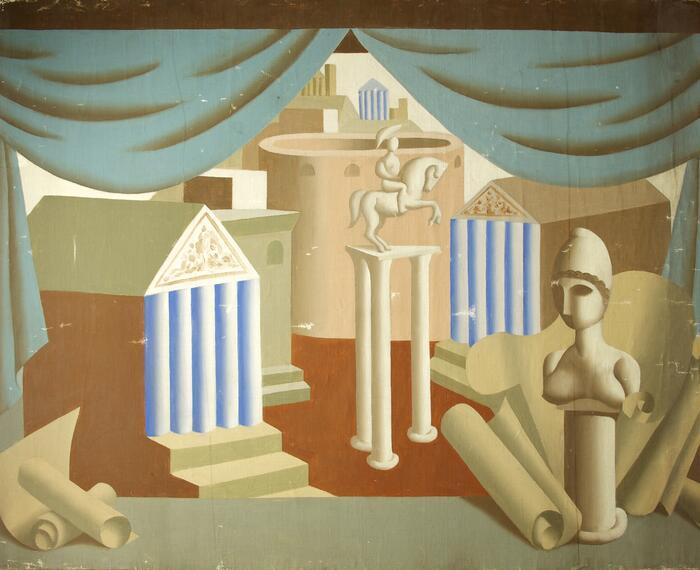Materials:
Single Channel HD video
Dimensions:
17:28 minutes
Credit:
Presented by the Contemporary Art Society through the Collections Fund at Frieze, 2016/17
Ownership history:
Purchased from the Lisson Gallery, London by the Contemporary Art Society through its Collections Fund at Frieze, October 2016; presented to MIMA, Middlesbrough Institute of Modern Art, 2016/17
After the Black Audio Film Collective dissolved in 1998, John Akomfrah co-founded Smoking Dogs Films Examining race, identity, cultural memory and the experience of diaspora through a lyrical aesthetic narrative, his recent films are at once politically engaged and poetic. Inspired by the depictions of a black man and woman drawn by Albrecht Dürer in the early sixteenth century, Peripeteia (2012) traces the appearance and disappearance of African lives in early modern Europe. In the film, two solitary figures move through a rugged Northern European landscape, before eventually reaching each other. These shots are punctuated with historic photographs of African people in traditional dress and sections of the painting The Garden of Earthly Delights (circa 1500) by Hieronymus Bosch (1450-1516), which includes black figures. In reimagining the ‘lost’ biographies of the individuals in Dürer’s portraits, Akomfrah explores memory, loss, and displacement. John Akomfrah was a key figure in the British Black Arts Movement active in the 1980s. While studying at Portsmouth Polytechnic, Akomfrah co-founded the Black Audio Film Collective in 1982 in collaboration with fellow students. Together they produced experimental films that explored black identity and political issues such as the racial tensions that led to riots in the UK during the early- and mid-1980s. Through the Collections Fund at Frieze, the Contemporary Art Society has acquired two moving image works by John Akomfrah and Kader Attia for Middlesbrough Institute of Modern Art (MIMA). The works, purchased at Frieze London 2016, address themes of colonisation and migration, two of the most pressing issues of recent history and present times. MIMA sees itself as a ‘useful’ museum, an institution with a social function that repurposes art as a tool for change. It seeks to play a civic role through a focus on education and community building, and these topics resonate with the diverse users and constituent groups it serves, which include the highest number of asylum seekers in the country per head of population.
All rights reserved. Any further use will need to be cleared with the rights holder. Permission granted to reproduce for personal and educational use only. Commercial copying, hiring, lending is prohibited.
Read our copyright policy for more information.

